Matsue Horanenya - The World Heritage Sites of Hagi
| Travel Reports by Aaron Chong | view profile of Aaron Chong |
| previous post |
| next post |
| Note: The opinions and views expressed in this user report are those of the individual author and do not necessarily reflect the opinions and views of japan-guide.com. |
May 25, 2019 - Matsue Horanenya - The World Heritage Sites of Hagi
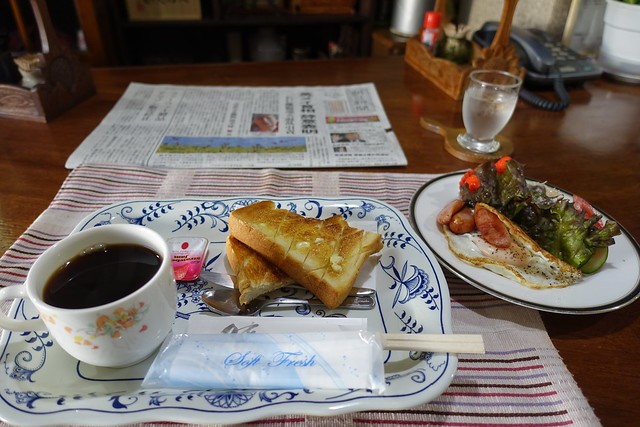
Another day had come in Yamaguchi Prefecture and it was now time to know the samurai town of Hagi more intimately.
I had decided to follow recommendations by the Hagi tourist website by visiting three sites that have been declared UNESCO World Heritage sites: the old reverberatory furnace, the remains of the Ebisugahana shipyard and the Shoin Shrine. To get to these places, I took the 100-yen bus that went in an the eastern clockwise loop around the town.
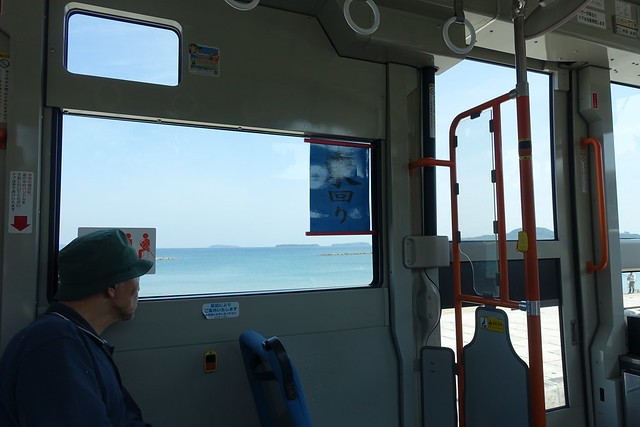
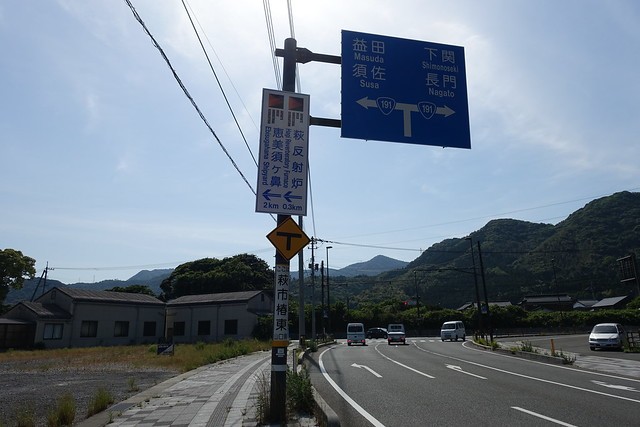
I got off the bus at the Hagi Seaside Market and proceeded by foot to the first stop of the day, the remains of the old reverbatory furnace. This site was significant in Japan's path to modernization and industrialization because this was when the Hagi clan tried to produce carbon steel by copying Western technological ideas. Through numerous trial and error, the Hagi clan succeeded and more furnaces were built at places such as in Satsuma province (Kagoshima) and Izu. This technology allowed the Japanese to produce Western cannonballs made from steel and paved the way to the modernization of Japan's arsenal and army.
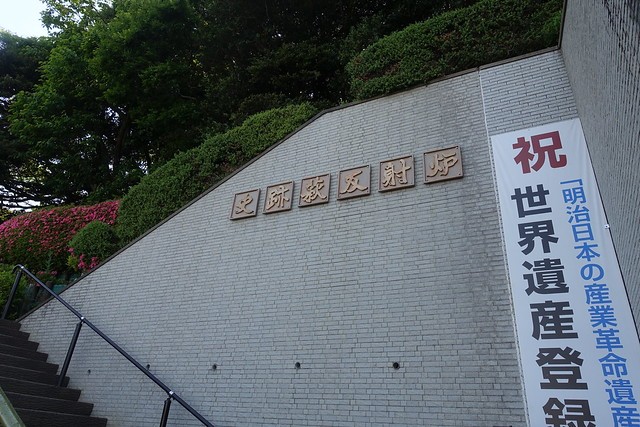
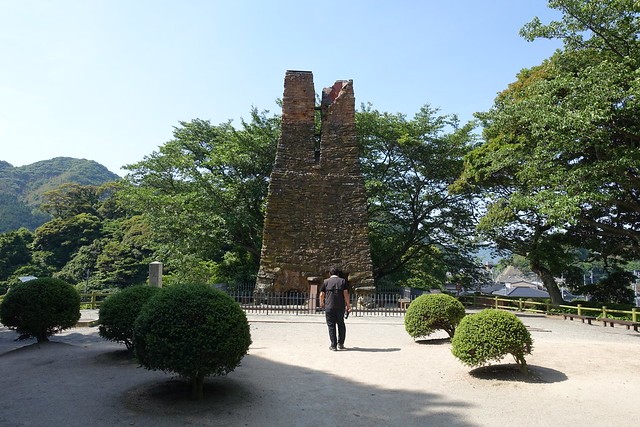
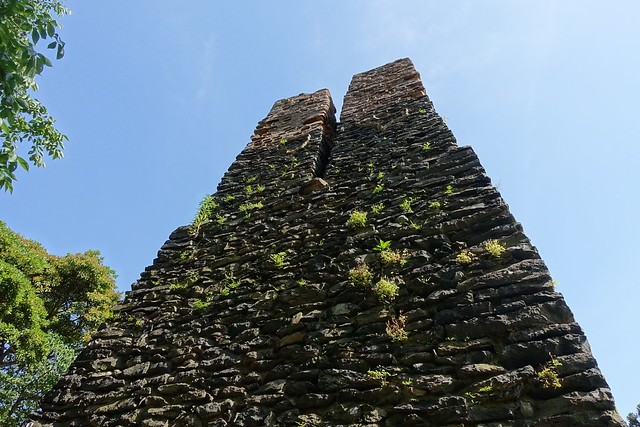
After the reverberatory furnace, I proceeded to the next World Heritage Site, the remains of the Ebisugahana Shipyard, about fifteen minutes away on foot. This was the site where the Hagi clan built their first Western style warship, the Heishin-Maru. Even though there's nothing much to see but some marked areas on an empty piece of land, I found it really interesting as I work in an oil and gas company that specializes in FPSO engineering and design.
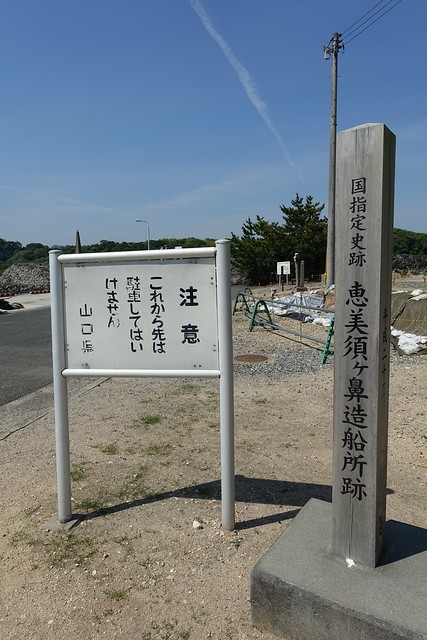
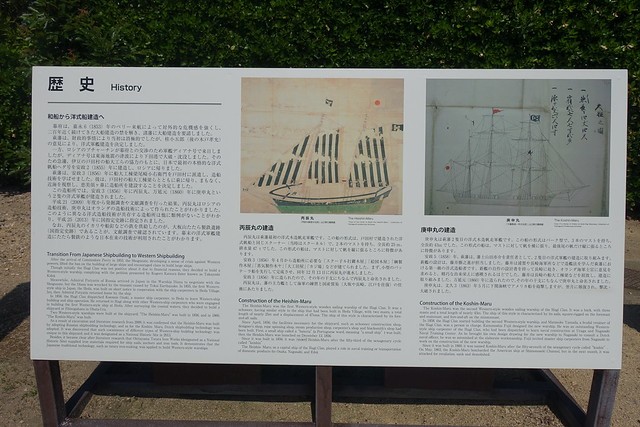
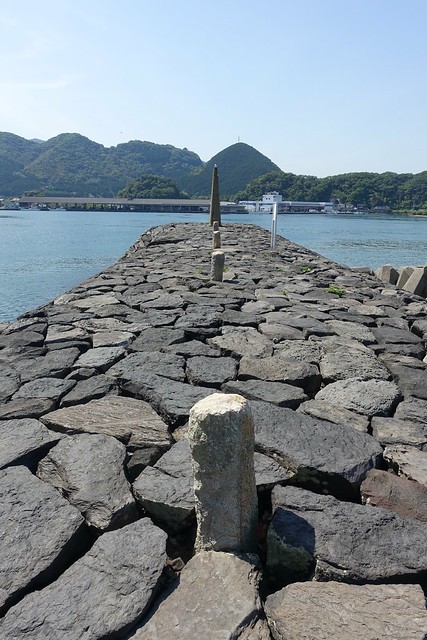
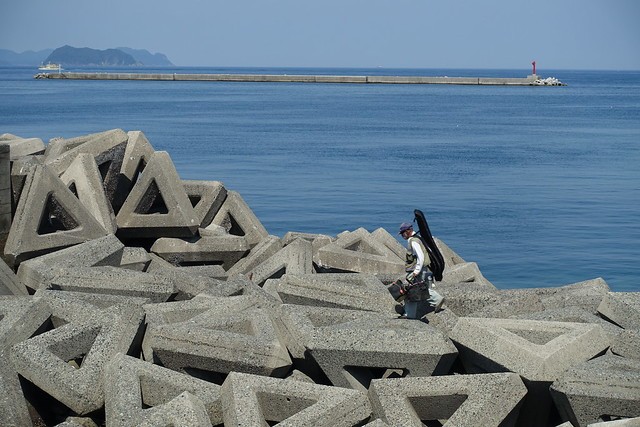
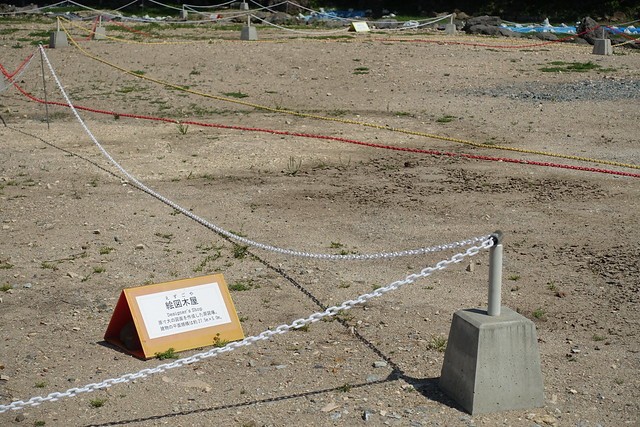
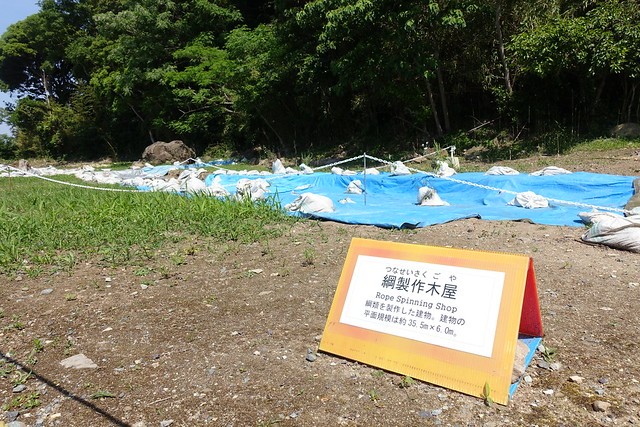
After visiting Ebisugahana, it was time to head back to the Hagi Seaside Market to take a bus to the next stop, the Shoin Shrine. Since there was plenty of time before the next bus, I wandered around the market and gawked at all the seafood that was available. I tried eating fugu for the first time by eating some fugu karaage. It tasted just like regular fish and I survived!
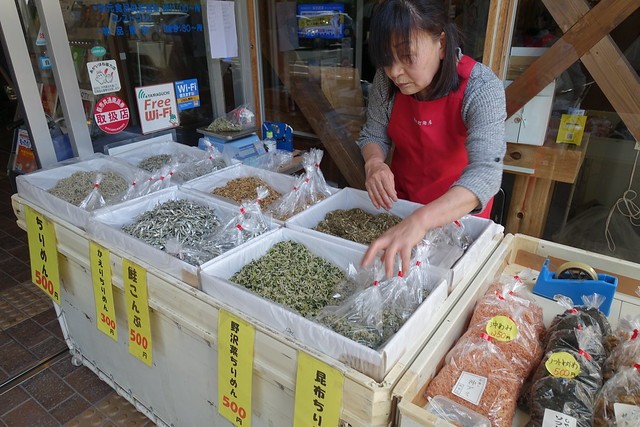
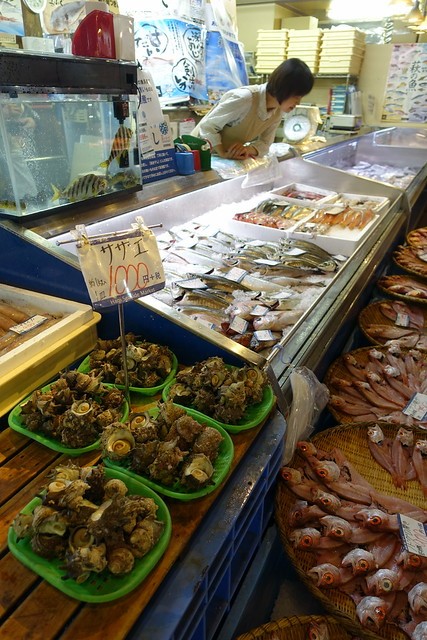
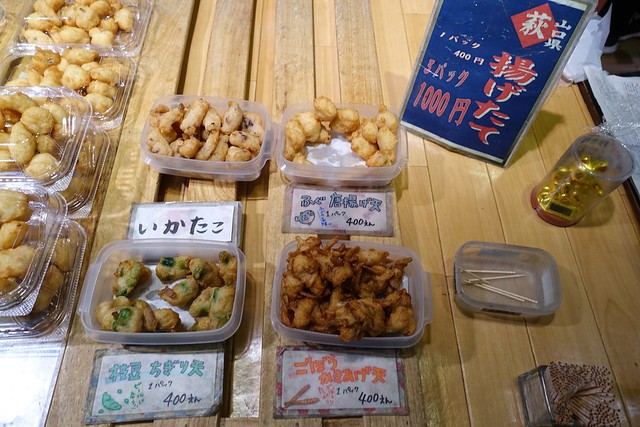
My next stop was the Shoin Shrine, a shrine dedicated to a famous teacher called Shoin Yoshida, who taught Western technologies and ideas to his students.
His students included five boys who would later gain scholarships to study in the UK and return to Japan to become politicians and industrial moguls during the Meiji Era. These boys are famously known as the Choshu Five. One of them is the first prime minister of Japan, Hirobumi Ito and another the father of railways, Masaru Inoue.
Because Shoin Yoshida was regarded as an important figure in the modernization of Japan, he was deified and worshiped as the god of learning of Hagi. Watch the Taiga drama, 'Hanamoyu', if you would like to know more about Shoin Yoshida.
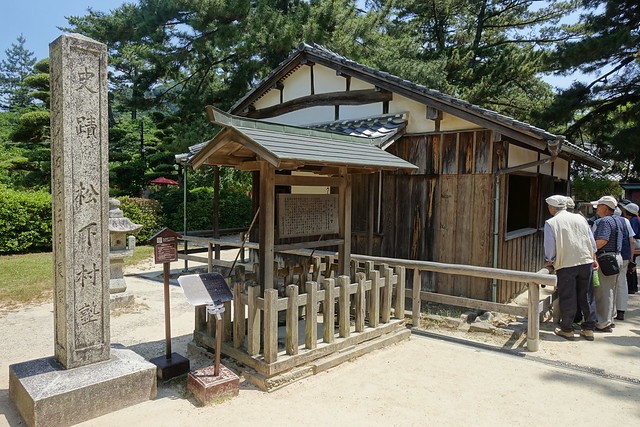
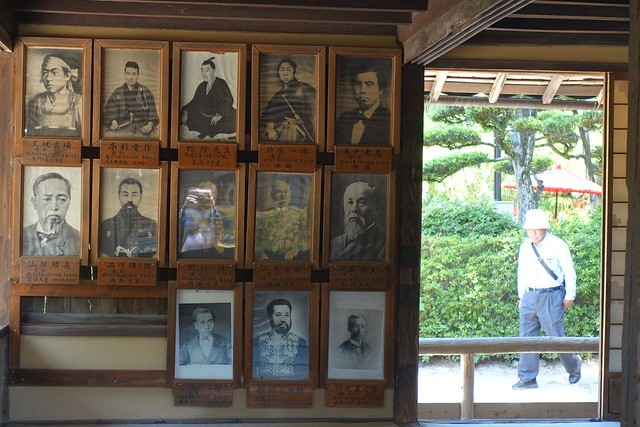
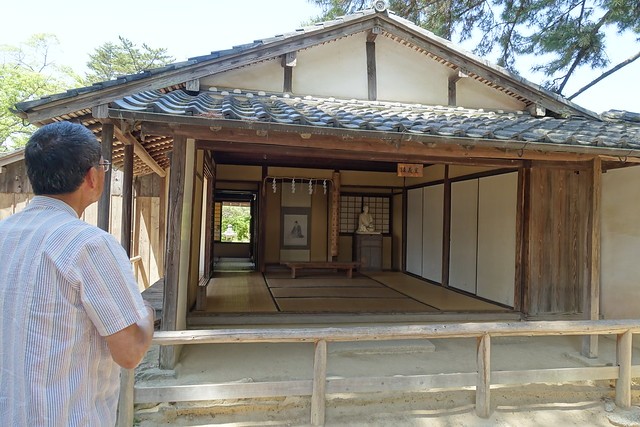
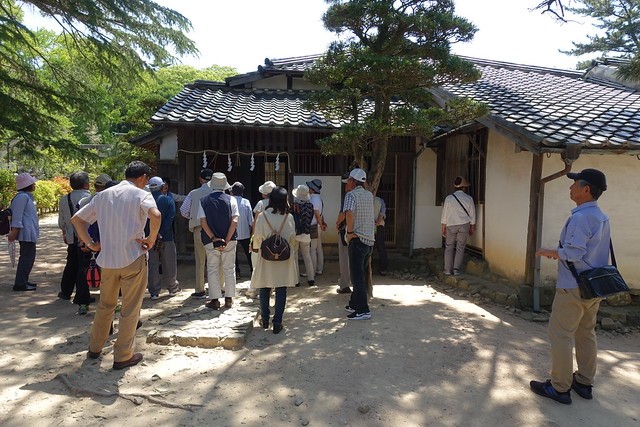
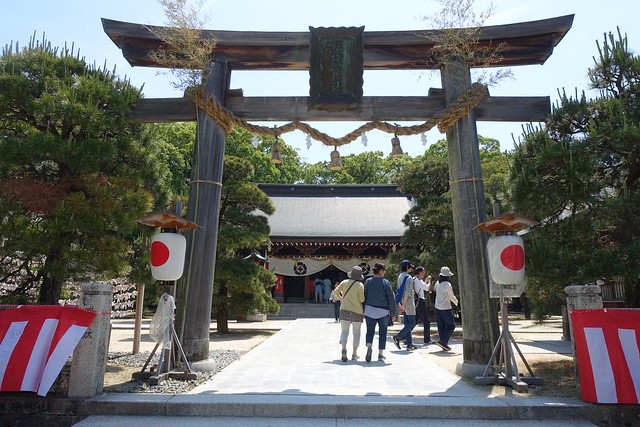
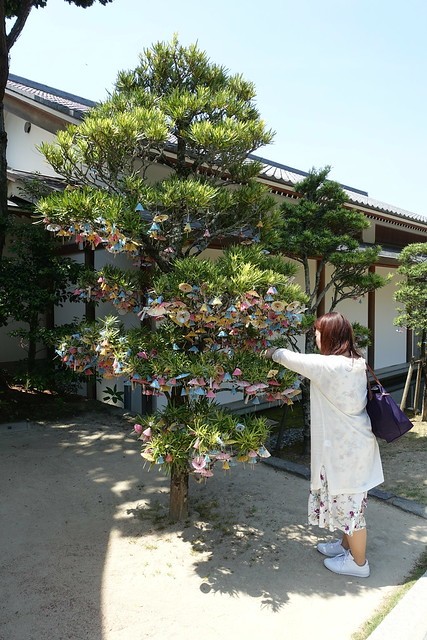
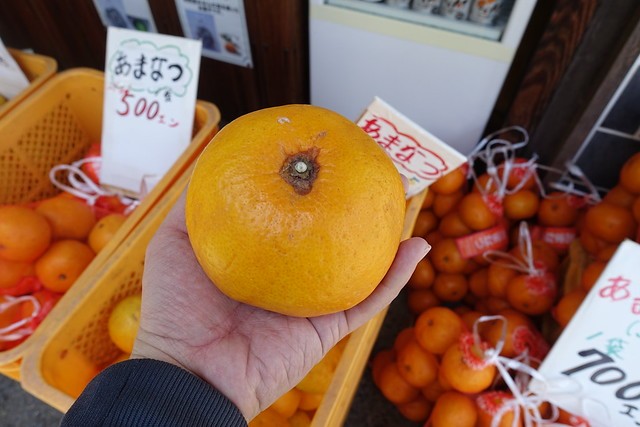
After visiting the Shoin Shrine, I made my way all the way to Tokoji, passing by Hirobumi Ito's former residence and the former residence of Shoin Yoshida's uncle, Bunnoshin Tamaki. Bunnoshin Tamaki was a well-known teacher of his time and greatly inspired Shoin Yoshida to become a teacher as well. From Tokoji, I took the 100-yen bus back to the town center and visited Meirinkan, an old school that was converted into a visitor center.
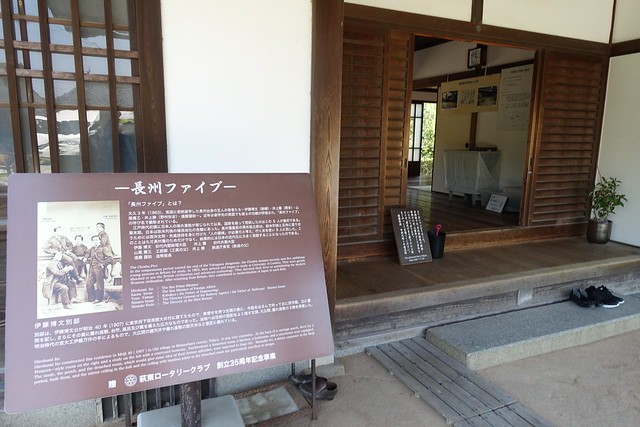
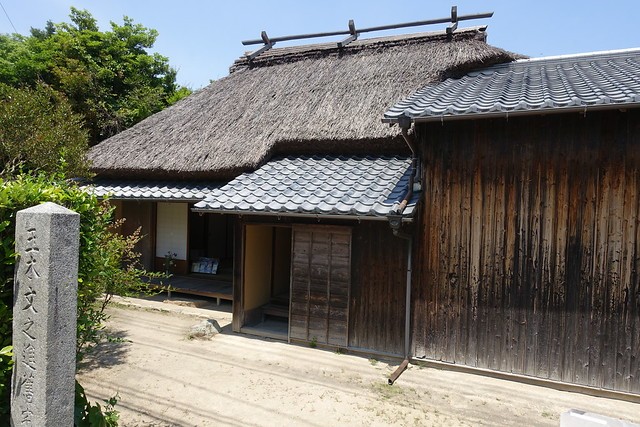
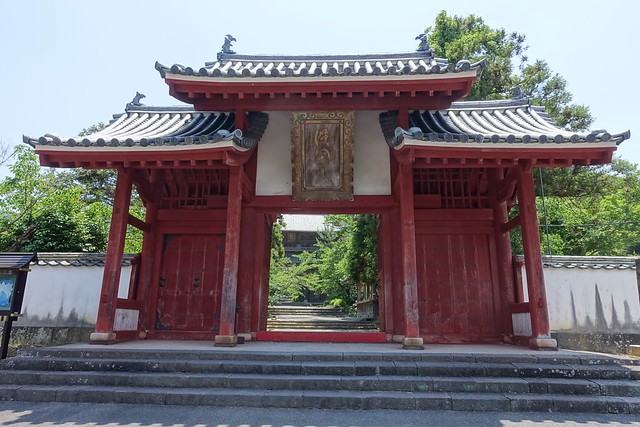
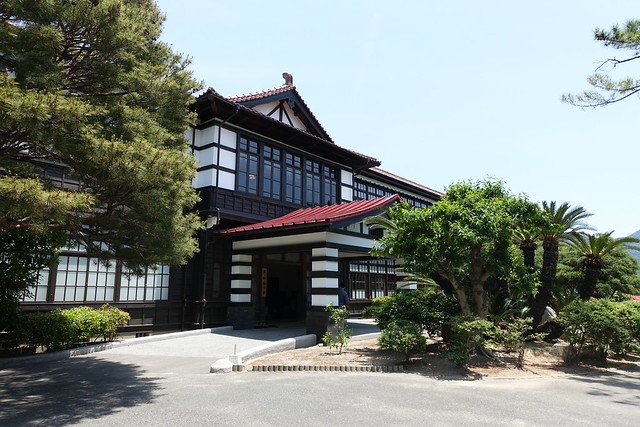
Inside Meirikan, there was a museum that explained how Japan became an industrial powerhouse. Entrance to the museum cost JPY300. I was skeptical about the museum at first, but it surprisingly turned out to be a very enlightening experience.
I was advised by the lady at the counter not to follow the signs and visit the museum in the reverse direction. I started at the Meiji Revolution exhibition of the first floor where artillery and weapons used in combat were displayed. This did not interest me that much. Next I proceeded to the second floor and found myself in an exhibit displaying mechanical gadgets and devices that were used during the Edo period. I enjoyed the exhibit very much as I did not realize that the Edo period was already that technologically advanced. My favorite item of the exhibit was a hand-operated table fan that was used to cool someone down during hot summer months, most likely a precursor to the electric fans (senpuuki in Japanese) that we have today. There were also exhibits about prominent people of the Edo period from Hagi who researched into medicine, anatomy, science and astronomy.
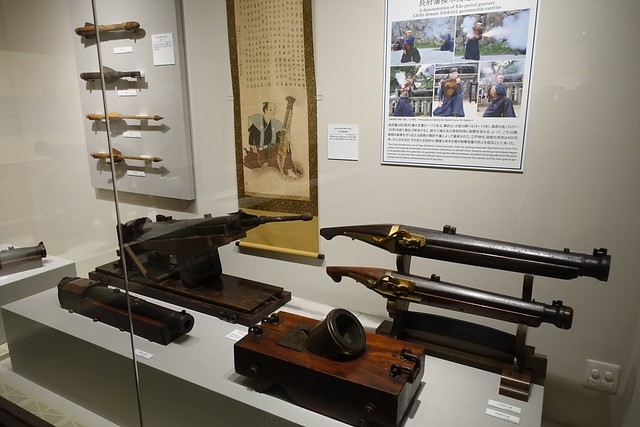
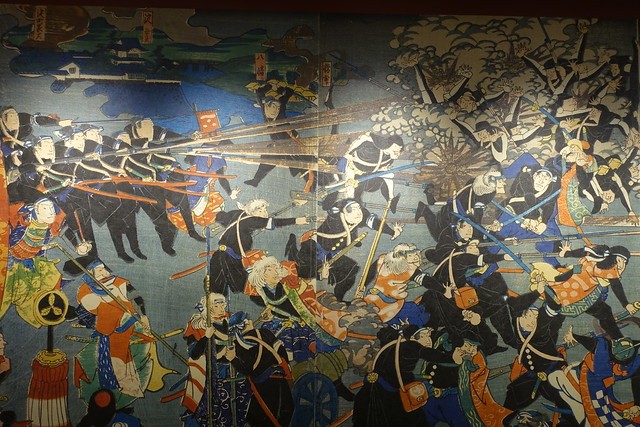
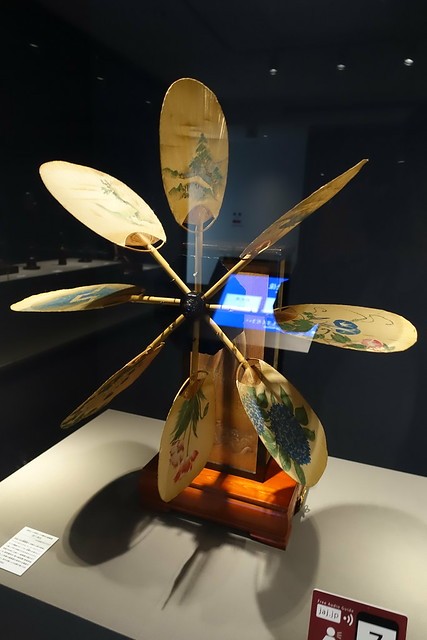
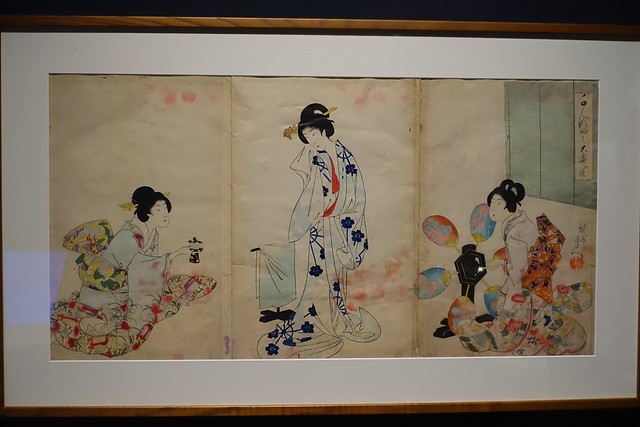
Lastly, I toured the exhibit of the museum featuring the sites of Japan's industrial revolution during the Meiji period, recognized by UNESCO as world heritage sites. This was where I gained a deeper understanding of Hagi's role in the modernization of Japan and it was very fascinating to know that a small rural town in the backwater San'in Region could achieve such a feat.
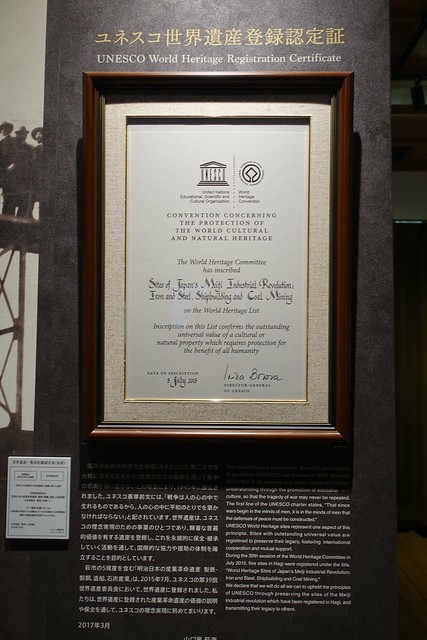
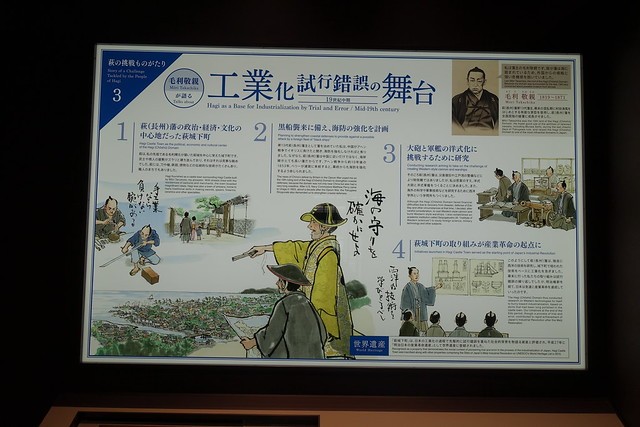
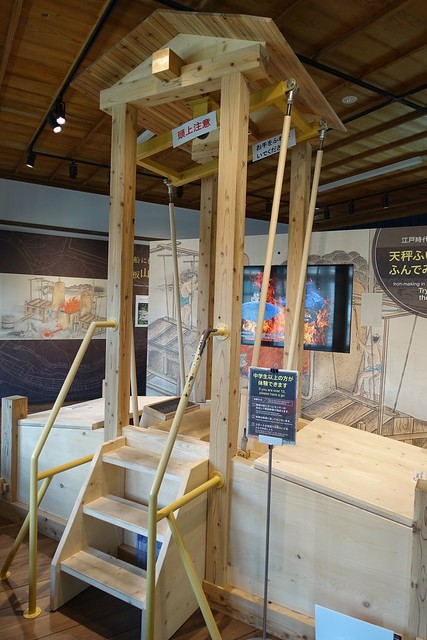
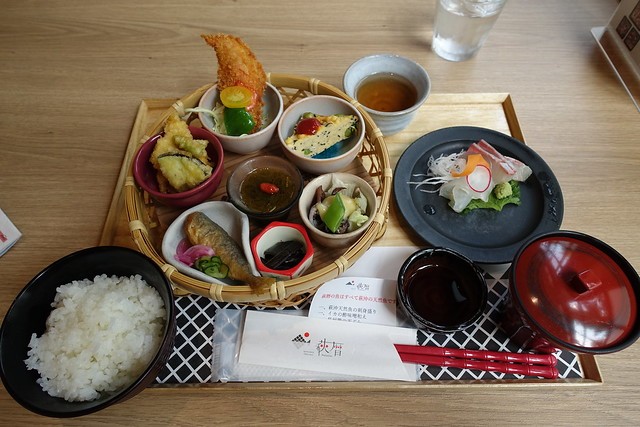
After a visit to Meirinkan, I decided to take my time to explore more of the samurai district.
Unfortunately, the temperature had risen to an all-time high as forecast by the news and it was hot. After my unlucky experience with the severe heatwave in Kyushu last summer, I could not believe that it happened again the next year in May even though May was not supposed to be a hot month. I had to look for shade and cool off with more natsumikan orange juice.
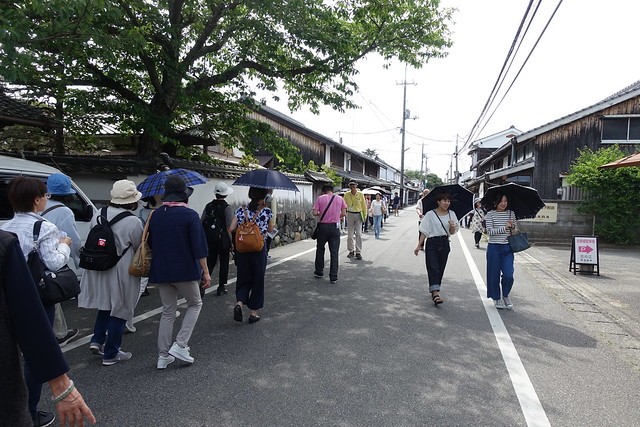
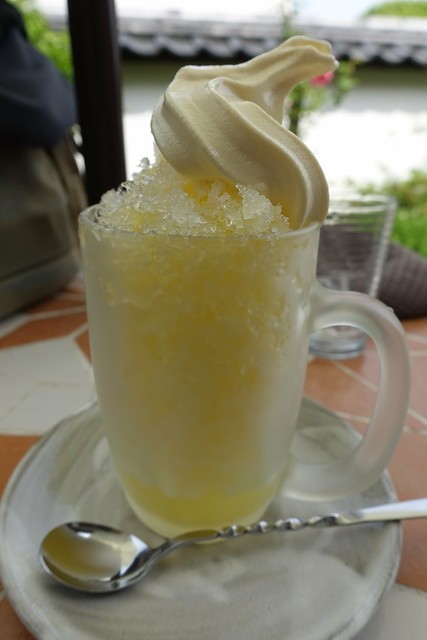
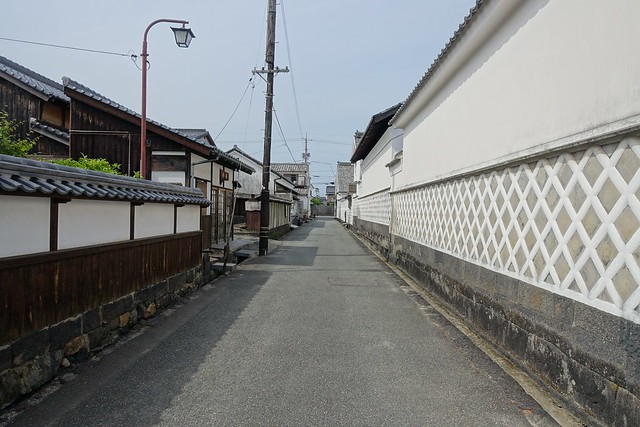
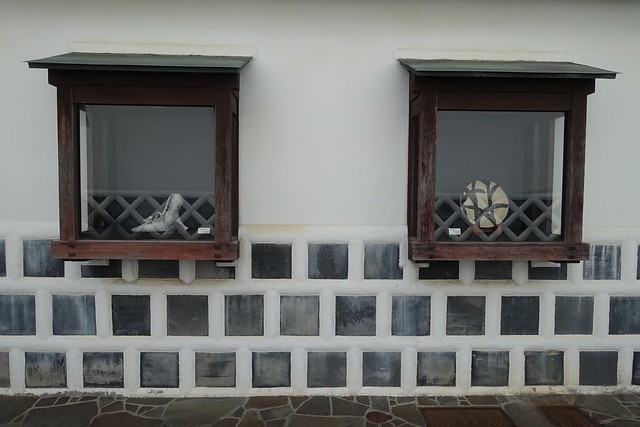
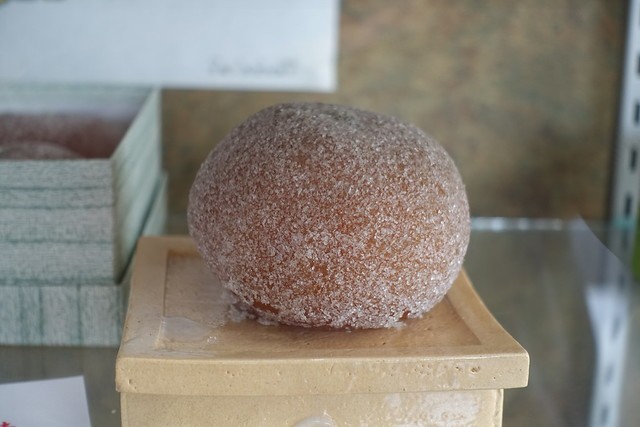
Unfortunately, my time was up in Hagi and I had to return to Matsue to catch the final day of the Horanenya festival.
All in all, Yamaguchi Prefecture was a big surprise for me as I really enjoyed my time here very much. People here are friendly and the sites are not that touristy. Hagi possesses large amount of historical wealth and it was refreshing not to see a single Starbucks in this small samurai town. It would have be a good idea to spend more than two nights in Hagi as there are plenty of good accommodations and day trips to other nearby natural places of Yamaguchi Prefecture. Last but not least, I have gained a deeper understanding on how Japan managed to catch up with Western powers in such a short time and shaped the technologically advanced nation that it is today.
For more pictures, visit my Flickr album at https://www.flickr.com/photos/124829205@N08/albums/72157708933458803/page1
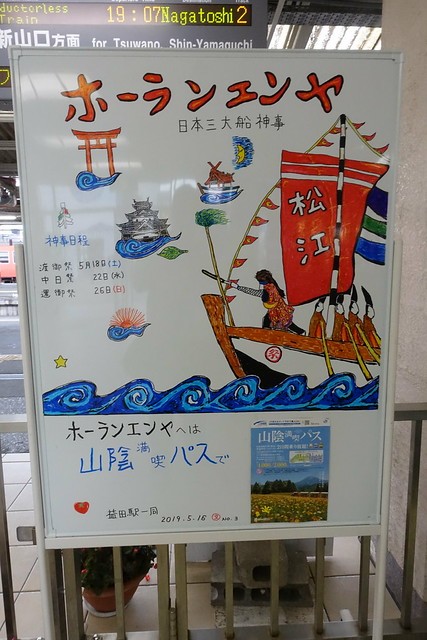
| previous post |
| next post |